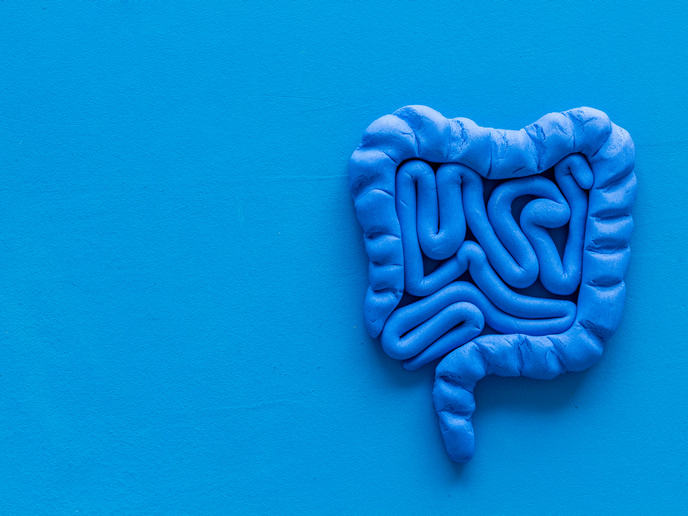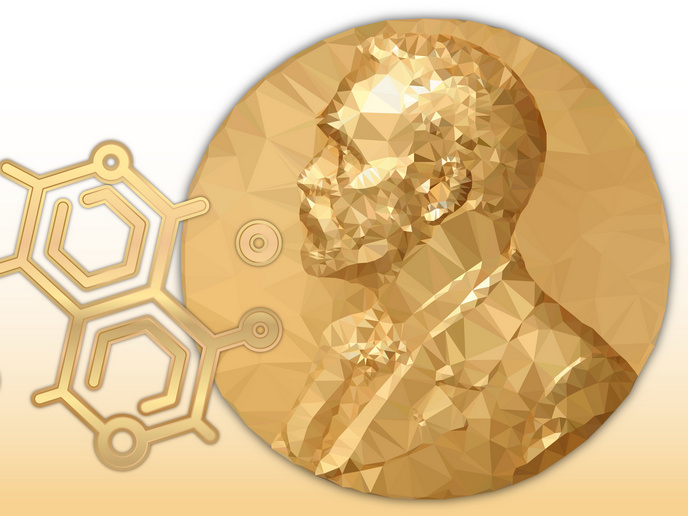Gene therapy to prevent sudden cardiac death in children
Sudden cardiac death (SCD) is caused by severe arrhythmias called ventricular fibrillation, when the heart starts beating at over 200 beats per minute, rather than the normal rate of 60-70 beats. SCD is estimated to account for 15–20 % of all deaths. Most cardiac diseases can cause SCD, from myocardial infarction to heart failure and inherited cardiomyopathies. Coronary artery disease is the major cause of SCD in older people, while inherited arrhythmogenic diseases are the leading cause of SCD in younger individuals. A major challenge for SCD prevention is the identification of cardiac disease, which may only be uncovered during autopsy. Patients diagnosed with cardiac arrhythmia may be prescribed drugs, but these have a limited effect. An alternative is ablation therapy which uses specialist tools to burn the area of the heart where arrhythmias originate. Finally, pacemakers can be fitted to control arrhythmias. Despite the availability of these treatments, deaths from sudden cardiac arrest remain high. The EU-rhythmy project, supported by the European Research Council, investigated gene therapies for two inherited diseases that cause sudden death in infants, children and adolescents. “We used our knowledge of the mechanisms that cause fatal arrhythmias to devise a novel gene therapy. If confirmed effective in human trials, it will increase the survival rates and quality of life of sufferers, while avoiding the need for daily drug treatment,” says Silvia G. Priori, project coordinator from the University of Pavia, the project host.
Trials in animal models
The starting point for EU-rhythmy was the fact that in the condition catecholaminergic polymorphic ventricular tachycardia (CPVT), a protein called the ryanodine receptor is overactive. Dysfunction of this protein results in too much calcium entering the cells, causing dangerous arrhythmias. EU-rhythmy used a gene therapy method called RNA-interference to reduce the quantity of this protein. A similar approach was also used by the team to design a therapy for Timothy Syndrome (LQT8), a disease which kills children in infancy. Here the target protein was CAv1.2, another regulator of calcium in cardiac cells. The team genetically engineered animal models to express both conditions, CPVT in mice and LQT8 in pigs. After application of the gene therapy, the percentage of animals developing arrhythmias in the untreated group was compared to the treated group. In the LQT8 pigs, the researchers were also able to discover the specific mechanisms that determine arrhythmias. “We selected these diseases because gene therapy could prevent arrhythmias for decades after only a single therapeutic injection. This is particularly important for diseases where children would otherwise have to take medication for the rest of their life and missing doses could be fatal,” explains Priori.
A significant step forward
EU-rhythmy’s research offers a significant advance in the development of gene therapies to treat inherited diseases that cause SCD. The therapy for the dominant form of CPVT has already been patented and the team are currently in negotiations with investors for clinical trial funding. As for the LQT8 therapy, the team anticipate conclusion of the preclinical phase in December 2021 and are already in touch with investors about clinical progression. “I am confident of finding support to move our therapies to the clinical trial phase, where they could reduce the suffering of affected individuals and their families,” adds Priori. “I am also convinced that our team expertise means that we will now be able to develop gene therapies for other inherited arrhythmias much faster.”
Keywords
EU-rhythmy, cardiac death, arrhythmia, ventricular fibrillation, heart, gene therapy, ryanodine receptor, calcium, protein, CPVT, LQT8







